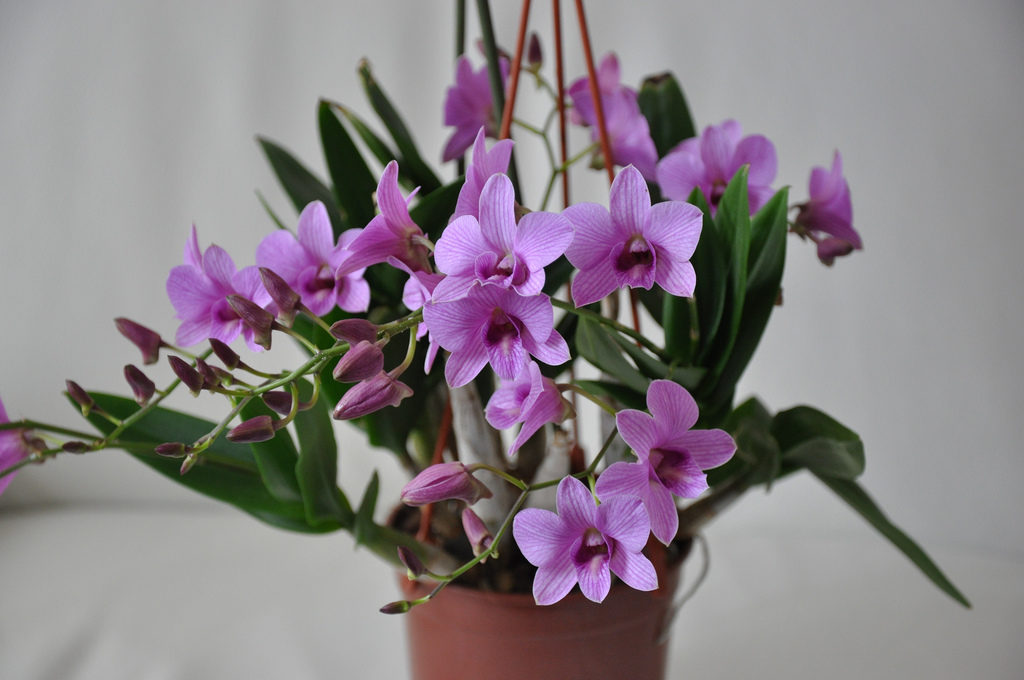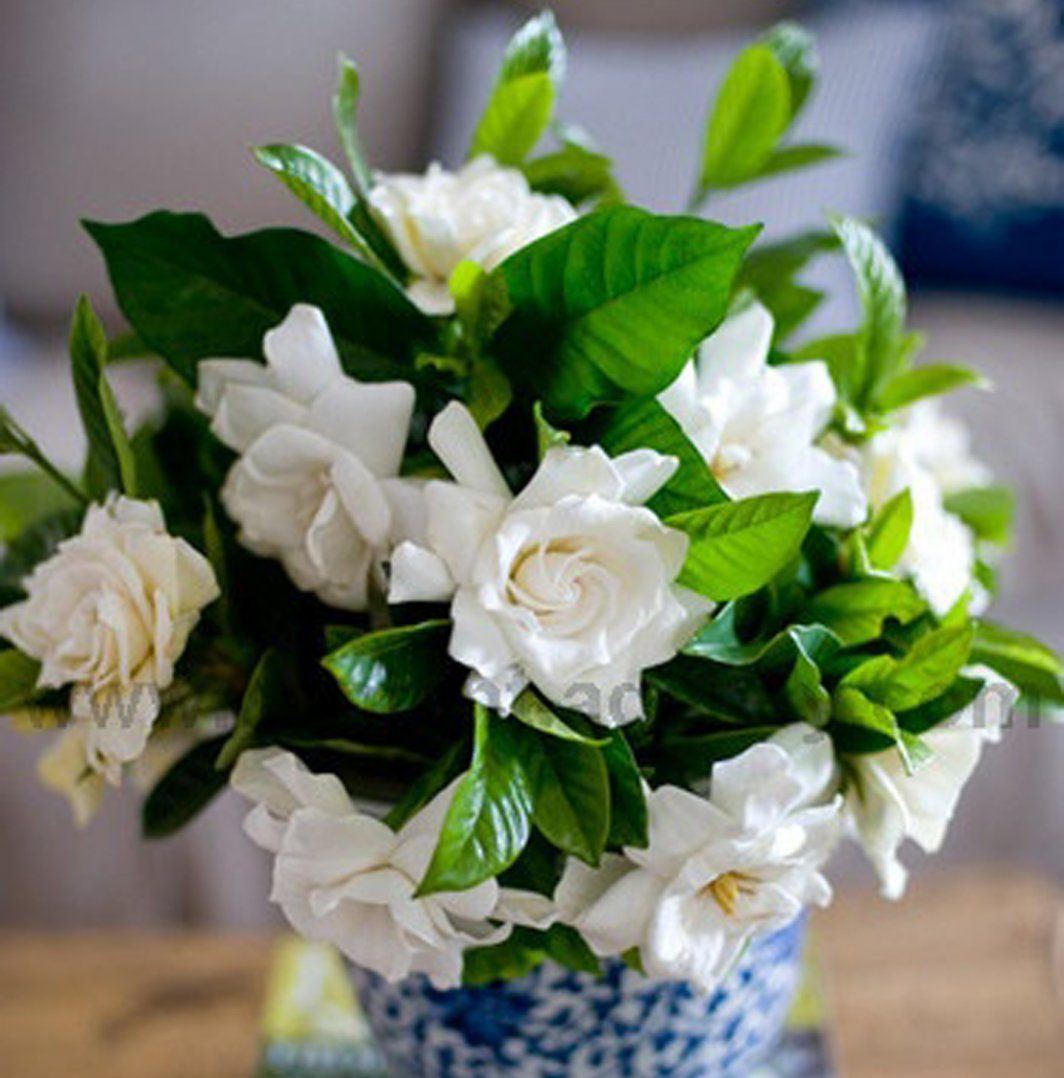Most flower designers are unanimous in their opinion that the most striking plant that can be grown from seed at home is fuchsia. Many people like this tree for its rich color palette, which is demonstrated by its flowers, which are distinguished by their original shape. She feels great not only in the garden, but also on the balcony, moreover, it is easy to clean. Therefore, if you receive information about the nuances of its cultivation, then the gardener will have a reason to rejoice, because he will be able to enjoy the sight of a plant grown by his own hands.
Content
Interesting facts about fuchsias
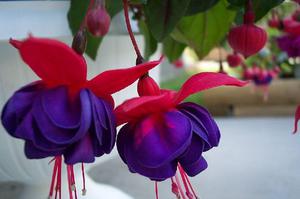 Fuchsia is one of the brightest representatives of evergreen perennial shrubs that belong to the Cyprian family. Today about 100 species are knownthat are found in the forests of New Zealand, Central and South America. Due to the high interest of gardeners in this flower, there is such a situation that at the moment tens of thousands of different varieties and hybrids of fuchsia are available to them, the flowers of which differ in a variety of shapes and colors.
Fuchsia is one of the brightest representatives of evergreen perennial shrubs that belong to the Cyprian family. Today about 100 species are knownthat are found in the forests of New Zealand, Central and South America. Due to the high interest of gardeners in this flower, there is such a situation that at the moment tens of thousands of different varieties and hybrids of fuchsia are available to them, the flowers of which differ in a variety of shapes and colors.
For the first time, the world got acquainted with this plant when information about the South American trefoil fuchsia appeared. The king of Spain was honored to be the first to see this flower, for whom this plant became a gift from the conquistadors... Of the features of fuchsia, it is worth highlighting the unusually narrow long flowers. This plant, which is easy to grow from seeds, has a property characteristic of all species of its family - unpretentiousness. Therefore, it is enough for just one shoot to get to the flower bed, and at the end of the season a lush flowering bush will grow from it.
It is also important that it is very easy to care for it, since it only requires monitoring the moisture content of the soil, starting with sowing seeds into it. Fuchsia is not left in the ground for the winter, so in the fall it is dug up, cut off and sent to a temporary container, which is placed in a basement at a temperature of + 5-8 degrees. With the onset of spring, when the last wave of frost has passed, the flower is returned to the flower bed again.
Many original types of fuchsia have very interesting coloration. It is formed by a mixture of purple, scarlet and brick tones, which is a separate shade that is the characteristic color of fuchsia.
The plant is quite different original form of flowers: they have cups and corolla with bent edges. If you look closely at the calyx, you can see how long stamens protrude from it, while the petals are always shorter than the calyx. Fuchsia has a wide variety of species: they can have regular and terry, monochromatic, as well as two-color and three-color shades.
It is also noteworthy that after flowering, edible fruits begin to form on long petioles. Moreover, they not only have a pleasant sweet and sour taste, but can also be used for medicinal purposes.These berries are often found on the table of South American Indians, as they are often used as a seasoning for meat dishes.
Depending on the shape of the plant are divided into shrubby and tree-like... Their leaves can also differ: opposite, oval, pointed. Many often have jagged edges. As a rule, they do not differ in tone, since it is always unchanged - dark green. Recently, however, many new varieties of fuchsia have appeared, which have a variegated color.
Growing fuchsia from seeds at home
Proper plant care at home involves taking into account the main biological features of fuchsia.
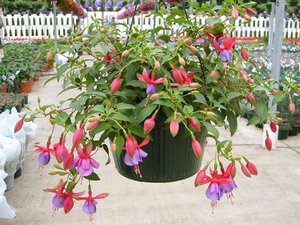 Although they are light-loving plants, it is best to keep them where they will be protected from direct sunlight. At the same time, partial shade can be a good place to grow fuchsias. However, one important point should be mentioned here: for flowers that have a darker shade, you need to create brighter lighting. Therefore, delicate red varieties will grow best in openwork shade, and for plants with red and purple flowers, it is better to choose a sunny place.
Although they are light-loving plants, it is best to keep them where they will be protected from direct sunlight. At the same time, partial shade can be a good place to grow fuchsias. However, one important point should be mentioned here: for flowers that have a darker shade, you need to create brighter lighting. Therefore, delicate red varieties will grow best in openwork shade, and for plants with red and purple flowers, it is better to choose a sunny place.- When preparing for planting, the first step is to place drainage in the pot. To do this, you can use pebbles or expanded clay, spreading it no higher than 3-4 cm high.
- Fuchsia does well if it is provided with sufficient moisture. However, at the same time, watering should be moderate, since when the water stagnates, the roots will begin to rot.
- Attention should also be paid to the quality of the substrate used, which must have a loose and breathable structure. This can be achieved by using leaf humus, taken in the amount of 1/3 of the volume, during its preparation. The optimal version of the soil mixture for fuchsia will look like this: sod land, leaf humus, peat, sand in a ratio of 3: 3: 1: 1.
Temperature regime
Intense heat has a negative effect on plants. Therefore, it is best if the temperature does not rise. above the mark + 18-24 degrees... Those owners who grow fuchsia at home will have to try very hard to create favorable conditions in the summer. It is not recommended to constantly leave the flower in the sun. Fuchsia responds positively to spraying, but it should be done when the plant is not exposed to direct sunlight. The most favorable time for this procedure is after sunset. This procedure is beneficial for plants that are grown in the room.
In winter, for fuchsia, it is necessary to create slightly different conditions that will correspond to its current state. At rest, the optimum temperature for the plant will be within + 5-12 degrees. At this time, fuchsia is watered much less often, but care must be taken to prevent the earthen coma from drying out. If, in winter, warmer conditions than necessary were maintained in the room where the fuchsia was located, then it is possible that the owner will not be able to wait for its flowering next season.
Flowering care
When the plant begins to come out of a state of dormancy, then in relation to it they begin carry out the following activities:
 Pruning. This operation is planned for early March. The scale of pruning is determined by the quality of this operation, which was carried out in the fall after flowering. In order for the plants to survive the winter, it is necessary to cut off old branches by 2/3, and new ones by 1/3. It is imperative to cut off all leaves, flowers and buds. In this case, during spring pruning, you will have to cut the branches into two buds, dried branches and those that are directed towards the inside of the crown. If this pruning was not carried out in the fall, then in the spring it is carried out with an amendment for this moment;
Pruning. This operation is planned for early March. The scale of pruning is determined by the quality of this operation, which was carried out in the fall after flowering. In order for the plants to survive the winter, it is necessary to cut off old branches by 2/3, and new ones by 1/3. It is imperative to cut off all leaves, flowers and buds. In this case, during spring pruning, you will have to cut the branches into two buds, dried branches and those that are directed towards the inside of the crown. If this pruning was not carried out in the fall, then in the spring it is carried out with an amendment for this moment;- Also, with regard to home-grown fuchsia, it is necessary to carry out anti-aging and formative pruning.This will help keep the crown neat. This operation should not be neglected, since otherwise it will lead to exposure of the crown, which will subsequently become loose and unattractive. Thus, for this, in the spring, after the formation of new branches, a double pinching is carried out. This will help to avoid excessive growth of the crown, which will certainly affect its shape. The last time the pinching is carried out in the last decade of May. It is not recommended to plan this operation at a later date, as this can lead to a postponement of flowering;
- Transfer. This operation is performed every year. However, you don't need to create as much space for the roots. Indeed, in this case, all forces will be spent on building up shoots, which will cause flowering to suffer. When choosing a pot for transplanting, you should choose a container that will be 3-4 cm larger in diameter and height than the previous one. If you plan to transplant old plants, then before placing them in a new place, they can be cleaned of old soil. However, in order not to bother yourself with this work, it is enough to remove only a layer of old earth 3 cm thick. It is even easier to do with young bushes under the age of 3 years. They only need to be transferred to new large containers.
Usually fuchsias can delight the owner with their flowering. for many years... However, this is only possible if it provides proper care for the plants. In this case, you can enjoy the sight of fuchsia flowers up to 50 years. However, the gardener cannot avoid hassle if he is going to grow bush and ampelous fuchsia, since they do not retain their attractive crown shape for long. To avoid this, it is recommended to update every 4-5 years. There will be no particular problems with this, given that they can be easily propagated using green cuttings.
If a gardener wants to achieve lush and long flowering from fuchsia, then he must feed the plants regularly... This operation must be carried out once a week using liquid fertilizers.
Especially useful are special feeding for fuchsia. Fertilizers can be applied up to the first disclosure of flowers. For this, a solution is prepared for which 1/3 of the fertilizer portion is diluted in water.
What pests and diseases are typical for fuchsia?
Fuchsias, which are grown from seeds at home, most often get sick due to spider mites and whiteflies. Having noticed the first signs of the disease, the following measures are taken: the flower must be treated with a warm shower with a temperature of + 36-38 degrees, after which it must be allowed to dry.
Fighting disease
In the event that this procedure was ineffective, you will have to use chemicals. To do this, you can take compositions such as Aktara, Agravertin or Fitoverm... Solutions are prepared from them, which are sprayed into the crown of the plant in three doses.
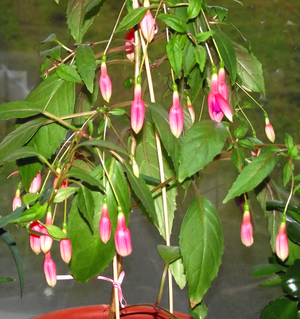 it is necessary to maintain an interval of one week between treatments;
it is necessary to maintain an interval of one week between treatments;- after spraying, the crown must be covered with a plastic bag, and then placed in the shade so that it can dry there;
- it is useful to process the substrate itself: it is watered with the same solution, but a double dose of the drug is used to prepare it. This allows you to destroy all pests in the soil and exclude the appearance of new ones.
In most cases, fuchsia is affected by diseases such as black leg and rust on the leaves.
If there are clear signs of a progressive disease, it is best to get rid of the plants. For the substrate, it is recommended to carry out the treatment using bright pink potassium permanganate solution.
Conclusion
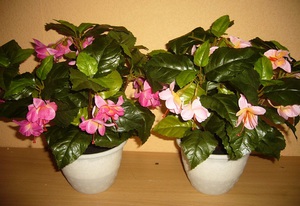 Fuchsia is one of the favorite plants of flower growers, which is grown from seed at home. It attracts many people with its ease of care and unusual decorative properties. Naturally, in order to get a beautifully flowering fuchsia, you need to get acquainted with the peculiarities of its cultivation.It is important not only to stock up on seeds, prepare a high-quality soil mixture for the plant, but also create favorable conditions for growth so that fuchsia can please the gardener with its flowering. But due to natural growing conditions it is also important take care of protection from disease... Otherwise, one day this flower will wither and die.
Fuchsia is one of the favorite plants of flower growers, which is grown from seed at home. It attracts many people with its ease of care and unusual decorative properties. Naturally, in order to get a beautifully flowering fuchsia, you need to get acquainted with the peculiarities of its cultivation.It is important not only to stock up on seeds, prepare a high-quality soil mixture for the plant, but also create favorable conditions for growth so that fuchsia can please the gardener with its flowering. But due to natural growing conditions it is also important take care of protection from disease... Otherwise, one day this flower will wither and die.

